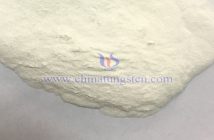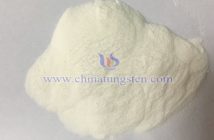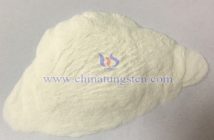Metal-doped modification of tungsten disulfide (WS?) is a method to enhance its properties by introducing other metal atoms into WS?, holding significant importance in the field of materials science.
I. Principle of Doping
WS? possesses a layered structure, where layers formed by covalent bonds between tungsten and sulfur atoms are held together by van der Waals forces. Metal doping involves introducing foreign metal atoms into the WS? lattice, either by substituting some tungsten atoms or occupying interstitial sites within the lattice. This alters the electronic and crystal structure of WS?, thereby tuning its physicochemical properties. For instance, the electron cloud distribution of the doping atoms differs from that of tungsten, leading to changes in the band structure of WS?, which can optimize its electrical and optical properties. Additionally, differences in atomic radius between the doping metal and tungsten cause lattice distortion, affecting interlayer interactions and thus modifying the material’s mechanical properties and stability.
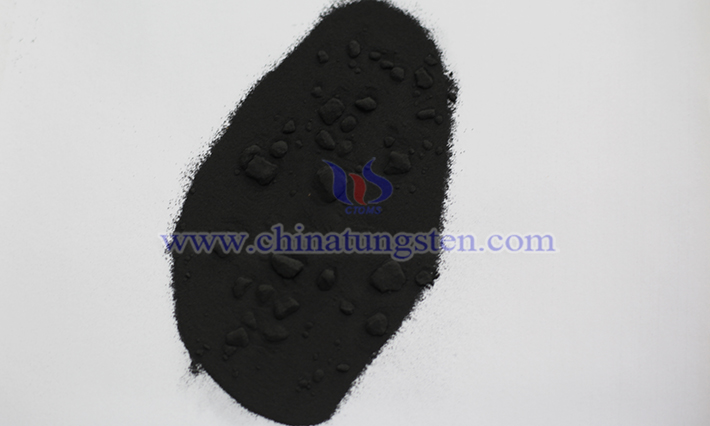
II. Doping Methods
Chemical Vapor Deposition (CVD): In this method, gaseous reactants containing a tungsten source, sulfur source, and doping metal source are introduced into a reaction chamber under high-temperature conditions. A chemical reaction occurs on the substrate surface, forming a metal-doped WS? thin film. By precisely controlling parameters such as reactant flow rate, temperature, and reaction time, the doping concentration and film growth quality can be effectively managed. This technique enables the preparation of high-quality, large-area doped WS? thin films with uniform distribution of doping atoms, making it suitable for high-performance thin film materials required in electronic device fabrication.
Hydrothermal Method: This involves dissolving tungsten salts, a sulfur source, and doping metal salts in an aqueous solution, which is then placed in a high-pressure autoclave for hydrothermal reaction. Under high temperature and pressure, ions in the solution gradually crystallize to form metal-doped WS? nanomaterials. The hydrothermal method is relatively simple and cost-effective, allowing control over the morphology and size of the products by adjusting reaction conditions. For example, by varying reaction temperature, time, and solution pH, doped WS? nanosheets, nanoflowers, or other morphologies can be synthesized, offering broad application prospects in catalysis and energy storage.
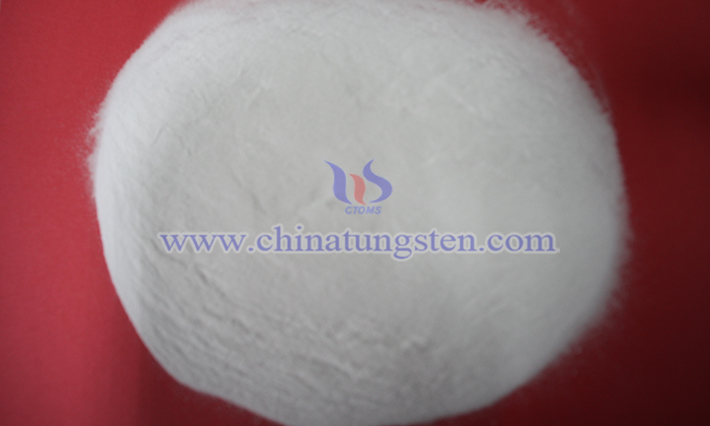
III. Factors Influencing Doping Effects
Type of Doping Metal: Different metal atoms have distinct electronic structures and atomic radii, resulting in varied effects on WS? properties. For example, transition metals like molybdenum (Mo) or rhenium (Re), due to their chemical similarity to tungsten, can integrate well into the WS? lattice when doped, improving its electrical properties and catalytic activity. In contrast, rare earth metals such as lanthanum (La) or cerium (Ce), with their unique electronic configurations, may significantly influence the optical properties and stability of WS?.
Doping Concentration: An appropriate doping level can effectively tune WS? properties, but excessive doping may cause excessive lattice distortion or the formation of impurity phases, thereby degrading performance. For instance, doping WS? with a small amount of iron (Fe) can enhance its electrocatalytic hydrogen evolution performance. However, when the Fe doping concentration becomes too high, it disrupts the layered structure of WS?, reducing its catalytic activity.
Preparation Process Parameters: In the case of CVD, deposition temperature affects the decomposition rate of reactants and the diffusion capability of atoms, influencing the distribution of doping atoms in the WS? lattice and the crystallinity of the film. The flow ratio of reaction gases alters the concentration of each component in the system, impacting doping uniformity and film growth rate. For the hydrothermal method, reaction time determines the extent of crystal growth and development, while pH affects the ionic species and reaction equilibrium, thereby influencing the morphology and properties of the doped WS?.

